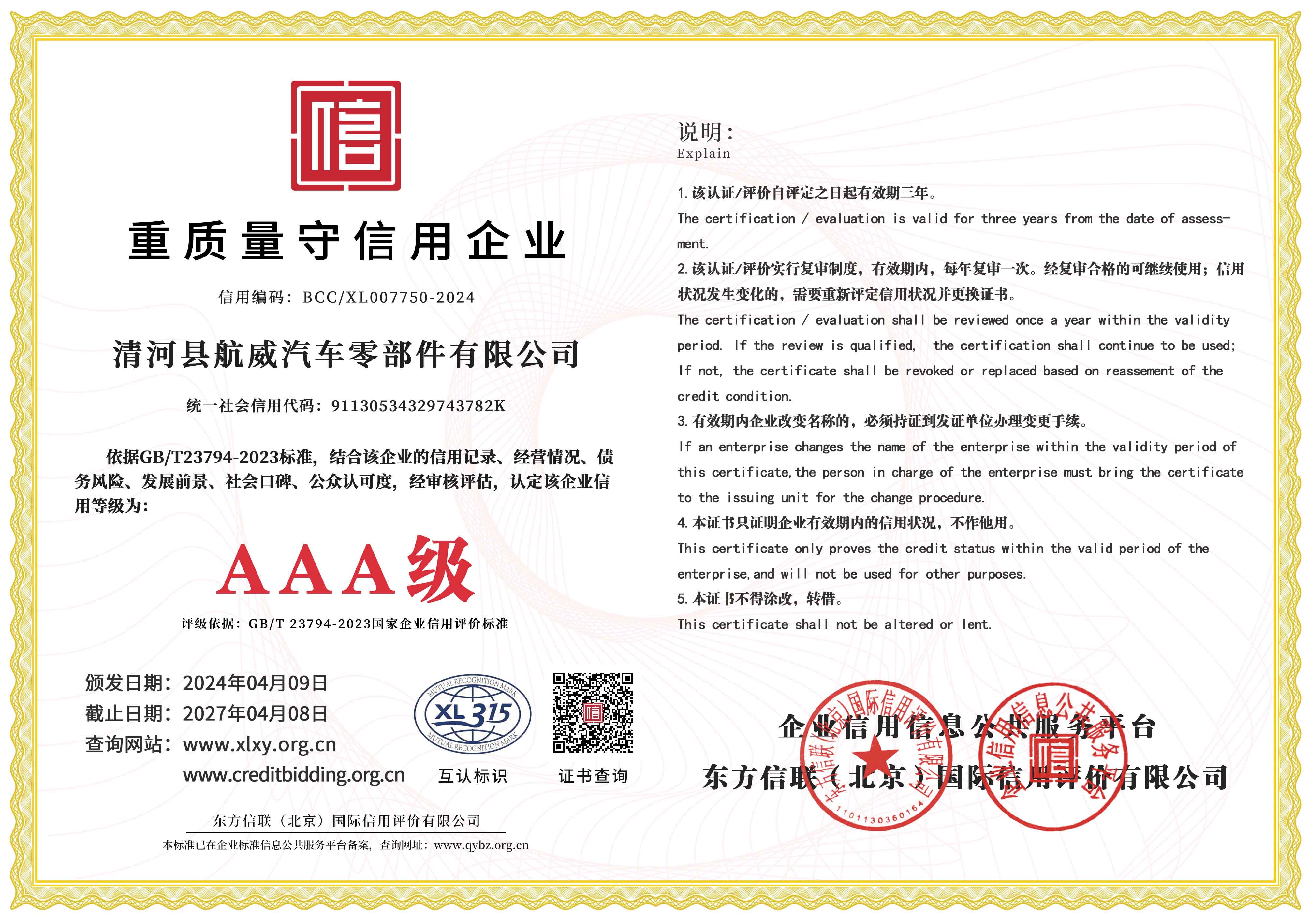derailleur gear cable
Understanding Derailleur Gear Cables The Backbone of Modern Bicycles
The derailleur gear system is a cornerstone of modern cycling, allowing for smooth shifting and versatile gear ratios. At the heart of this system lies an often-overlooked but crucial component the derailleur gear cable. This article explores the significance, mechanics, and maintenance of derailleur gear cables, helping cyclists appreciate these vital elements of their bicycles.
What is a Derailleur Gear Cable?
A derailleur gear cable is a thin, flexible strand usually made of metal, designed to connect the gear shifters on your handlebars to the derailleur mechanism that moves the chain across the gears. The cable transmits the input from the shifters to the derailleur, allowing cyclists to easily change gears while riding, which is essential for adapting to varying terrains and riding conditions.
How Do Gear Cables Work?
When a cyclist shifts gears, they pull or push the shifter, which, in turn, manipulates the cable. This action either tightens or loosens the cable, causing the derailleur to move accordingly. There are typically two cables involved in a multi-gear bike one for the rear derailleur and another for the front derailleur. The rear derailleur handles the largest change in gear ratios as it shifts between different sprockets on the cassette, while the front derailleur manages shifts between the chainrings.
The design of the cable system is crucial to ensuring efficient gear changes. Most bikes use a combination of a cable housing and a cable core. The housing protects the cable and ensures it moves smoothly through various bends and turns as the bicycle is ridden, while the core is the actual wire that transmits tension from the shifters to the derailleur.
Importance of Proper Adjustment
An appropriately adjusted derailleur gear cable is vital for optimal performance. If the cable is too loose, the derailleur may not shift accurately, resulting in missed gears or chain skipping. Conversely, if the cable is too tight, it can cause excessive wear on the drivetrain and prevent the derailleur from fully engaging the gears. Regularly checking and adjusting these cables can significantly enhance the longevity of your bike's components and ensure a smoother ride.
derailleur gear cable

Maintenance Tips for Gear Cables
Maintaining your derailleur gear cables is essential for keeping your bike in top condition. Here are some tips
1. Regular Inspection Check the cables for frays, kinks, or corrosion. Any damage can lead to poor shifting and should be addressed immediately.
2. Lubrication Occasional lubrication of the cable can help reduce friction and ensure smooth operation. Use a suitable bicycle lubricant and avoid over-lubrication, which can attract dirt and grime.
3. Proper Housing Ensure the cable housing is clean and free from obstructions. Dirt and debris can hinder cable movement, leading to sluggish shifting.
4. Adjustment Familiarize yourself with the basics of cable adjustment. Small adjustments can dramatically affect shifting performance, making it easier to ride smoothly.
5. Replacement If you notice significant wear or if shifting becomes problematic despite adjustments, it may be time to replace the cables altogether. New cables can revive your bike's shifting performance and improve your overall riding experience.
Conclusion
The derailleur gear cable may be a small component, but it plays a pivotal role in the overall performance and functionality of a bicycle's gearing system. By understanding how these cables work, their importance, and how to maintain them, cyclists can ensure that their bikes deliver peak performance for years to come. Whether you’re a casual rider or a serious enthusiast, taking the time to care for your derailleur gear cables is an investment in your cycling enjoyment and efficiency.
-
Upgrade Your Control with Premium Throttle CablesNewsAug.08,2025
-
Stay in Control with Premium Hand Brake CablesNewsAug.08,2025
-
Experience Unmatched Performance with Our Clutch HosesNewsAug.08,2025
-
Ensure Safety and Reliability with Premium Handbrake CablesNewsAug.08,2025
-
Enhance Your Vehicle with High-Performance Clutch LinesNewsAug.08,2025
-
Elevate Your Ride with Premium Gear CablesNewsAug.08,2025
